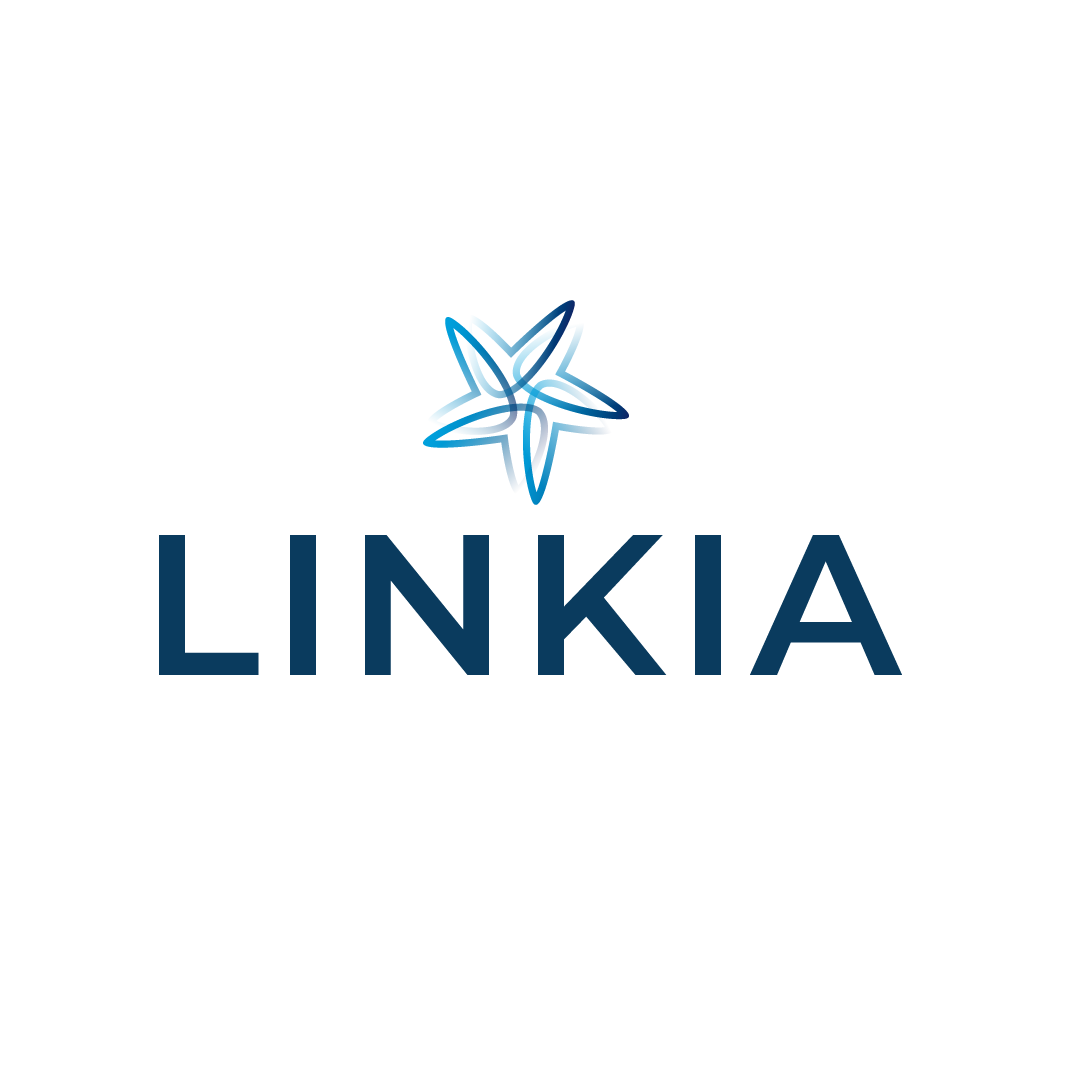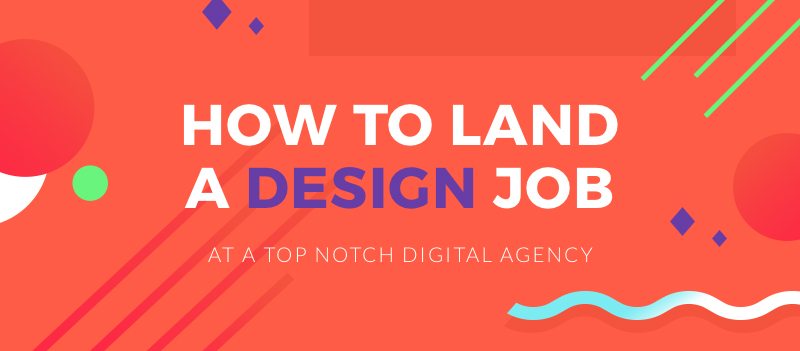So, you’ve done your research and you’ve found the agencies that you aspire to work at, but you want to make sure you don’t fall short in your application. Getting hired at a top notch digital agency can be tough if you don’t have previous agency experience, however, even years of agency experience as a designer doesn’t mean you’re a shoe-in.
The multiple-round interview processes can be pretty rigorous — especially when you consider the preliminary design challenge an agency may throw at you, not to mention the overall task of proving yourself a valuable asset to multiple team members within various departments.
The first step, of course, is getting noticed so you can get your foot in the door and then make the agency you’re applying for fall in love with you. Referrals can be helpful, but agencies seeking the best talent are thorough in their pursuit and definitely won’t favor a referral over a standard submission.
If you are determined to land a design job at a top notch agency, here’s a couple pointers that could help bring you to the front of the pack.
Perfect Your Portfolio
Unlike typical job applications, where the experience section is the meat of the resume, designers have their portfolio as a unique advantage of leveraging their talent to show off their skills and experience. It would be a terrible shame for someone to apply for a design position and not include a way to view their work – but this does happen surprisingly often.
When a designer applies to a digital marketing agency, more often than not the first thing that is looked at is the candidates work. Your portfolio is your biggest opportunity to captivate and make an impact, so how do you make yours a winner?
Lose the PDF — Attaching a PDF or individual zip files of each of your projects is a sure way to lose interest. People expect a more unified experience and frankly, who wants to wait for large files to download?
It’s OK if you don’t know how to build your own website from scratch to showcase your work. There are so many simple online tools and customizable sites to create a web portfolio. There’s really no excuse not have one. WordPress is a favorable platform that offers free and customizable themes, but there are many other options such as Squarespace, Carbonmade, Wix, and Dunked. One advantage of using these services is that many of them provide features like fast and reliable hosting, personal domain name, SEO, analytics integration, option for password protected content, and customer support.
Show Your Versatility — The best designers are chameleons – developing solutions that are relevant to the context, parameters and objectives of any project.
It’s essential to show that you are well rounded in the projects that you include in your portfolio. Feature work from a variety of disciplines, whether it’s branding examples, UI examples or site-mapping/process examples. In the age of analytics, design is more objective than ever before. Don’t neglect to highlight those projects that show you are aware of conversion centric design and inbound marketing best practices.
Make it Beautiful/Your Own —Treat your portfolio website like a real project. Brand yourself and infuse your site with personality.
Be creative in your presentation, but also keep in mind that your collection of work should be easy to navigate. You don’t want to lose your audience because you’re trying to be cutting edge and unique. If you have a large collection of small projects like branding examples or photography examples, organize your work into categories for easy viewing.
Don’t Be Shy — You likely have a lot of work you’d like to showcase, but probably aren’t able to include it all in your portfolio. That’s OK.
Using sites like Dribbble or Behance as your online portfolio is not recommended because they lack personality and are limited in the way you can present your work. However, including links to these sites on your personal website is a great way to show smaller day-to-day work and give someone the opportunity to follow you. In addition to your online resume, include a button to download your resume as a PDF so hiring managers can keep it on file. Make sure to keep the look and feel of the downloadable version similar to your online portfolio for visual consistency.
Take a look at how these designers highlight their work:
post-graphic-melike
(Melike Turgut – www.meliketurgut.com)
post-graphic-dean
(Dean Pmfrett – www.deanpomfrett.com)
post-graphic-mike
(Mike Kus – www.mikekus.com)
How to Overcome the “Experience” Catch-22
Whether it’s agency experience or freelance work, being able to display and talk through your experiences working with clients who have real goals, ideas, and maybe even brand standards is important.
Design isn’t art, it’s solving a problem, and employers want to understand how you solve the problem. If you don’t have a lot of experience working with real clients, pro-bono projects for non-profit organizations can be a great way to practice and prove your skills. Their organizations are usually well established with guidelines and objectives that will challenge you. Not only will it be a solid portfolio piece, but you’ll feel good about your services.
Another way to show your ability to solve visual problems is to re-design an existing site and explain your reasoning behind UI decisions. Check out how Mykolas Puodžiūnas created a fresh new look for industry leaders Thule and Vans , or how the agency Unity reimagined Wikipedia.
Are You As Good As Your Work?
If you get a call back, then you’ve been successful with your online presence. However, your portfolio work is really only equivalent to a first impression. The culture and environment of an agency is crucial to creating award-winning work, and not everyone is a perfect fit. The following are several traits that agencies look for in potential designers:
Always a Do-er — Whether you have your own blog or photo journal, design video game interfaces, or create hand crafted items – your creative passion can reveal a lot about who you are and your desire to continually make things. Mentioning your side gig or hobby is an excellent way to show that you are a creative do-er.
One of the Team — Successful agencies don’t function from the top down. Each individual is crucial to the success of a project and as a designer, it’s important to be flexible and open minded. Have you worked in a team before? Maybe with a photographer, a developer, or sales? Illustrate your ability to effectively collaborate.
Innovation Oriented — The software, technology and standards of our trade change at a fast rate. Not only is it important to show that you embrace new tools and processes, but that you seek innovative solutions and will help to push a team forward. Where and who do you gain inspiration from? Talk about what you’re learning right now and what you hope to know more about in the future.


